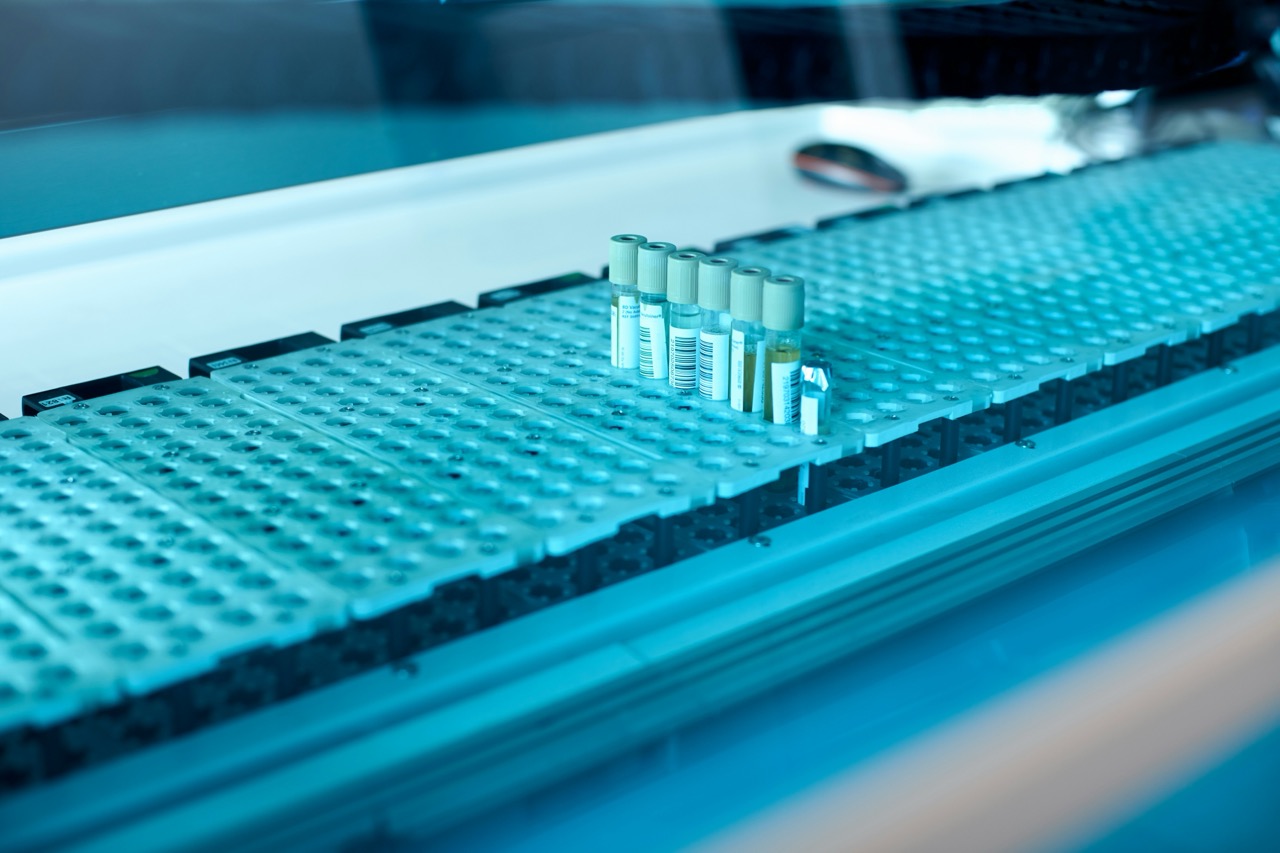How Early Can STDs Be Detected? A Cheerful Guide to Early Detection
When it comes to sexual health, knowledge is power! One of the most important aspects of maintaining a healthy lifestyle is understanding sexually transmitted infections (STIs) and how early they can be detected. While the topic might seem daunting, let’s dive into it with a cheerful spirit and armed with facts!
The Sneaky Nature of STIs
STIs are like those uninvited guests at a party—sometimes they show up unannounced, and other times, they’re so subtle that you might not even notice them until it’s too late. Some common STIs include chlamydia, gonorrhea, syphilis, and HIV, among others. The tricky part? Many of these infections can be asymptomatic at first, meaning they don’t show symptoms right away. So, how do we catch these sneaky little pests before they cause trouble?
Timing is Everything!
Timing is crucial when it comes to STI testing. Each type of infection has its own window period—the time between exposure to the infection and when it can be reliably detected. Here’s a breakdown of some common STIs and their detection timelines:
-
Chlamydia and Gonorrhea: These two notorious troublemakers can usually be detected about 1 to 2 weeks after exposure. So, if you’ve had a potential exposure, it’s a good idea to get tested after that time frame.
-
Syphilis: This one can be a bit sneakier! Syphilis can usually be detected around 3 to 6 weeks post-exposure. However, if you’re feeling adventurous and had a potential exposure, waiting about 6 weeks is a safe bet for a conclusive result.
-
HIV: The detection timeline for HIV can vary depending on the type of test used. Antibody tests can typically detect HIV about 3 to 12 weeks after exposure, while the more sensitive nucleic acid tests (NAT) can detect it as early as 10 to 33 days. Talk about a wide range!
-
Herpes (HSV-1 and HSV-2): The herpes virus can be tricky as well. After exposure, antibodies usually take about 2 to 12 weeks to develop, making it detectable through blood tests.
-
Hepatitis B and C: Hepatitis B can be detected about 4 to 6 weeks after exposure, while Hepatitis C can be tested around 4 to 12 weeks.
The Importance of Regular Testing
So, how do you avoid becoming the host of uninvited guests? Regular testing is your best friend! Even if you’re not experiencing any symptoms, getting tested regularly can help you catch anything early on. It’s like a routine check-up for your sexual health, ensuring that everything is running smoothly.
Making Testing Fun!
Who says testing has to be boring? Here are some cheerful ways to approach it:
-
Bring a Friend: Make it a fun day out! Grab a buddy, go get tested together, and celebrate your commitment to health with a little treat afterward. After all, you deserve a reward!
-
Choose a Comfortable Clinic: Many clinics offer a relaxed environment, complete with friendly staff. Do a little research to find one that makes you feel at ease.
-
Explore Home Testing Kits: If you prefer some privacy, consider home testing kits that allow you to test in your own space. Just remember to send the samples to the lab for analysis!
Conclusion: Stay Informed, Stay Cheerful!
Knowledge is not just power; it’s also a ticket to peace of mind! Understanding how early STIs can be detected empowers you to take charge of your health. Remember, early detection means early treatment, and that’s something to celebrate! So, keep the spirit of joy alive as you navigate the world of sexual health—because staying informed and proactive is the best way to lead a happy, healthy life. Cheers to that!










